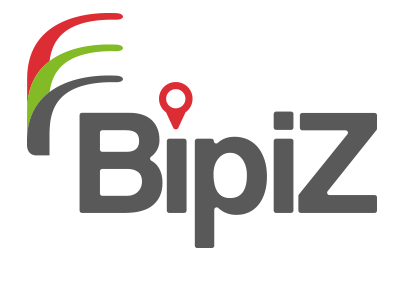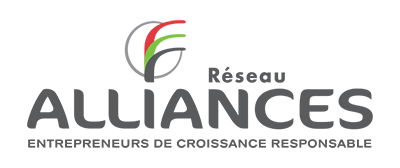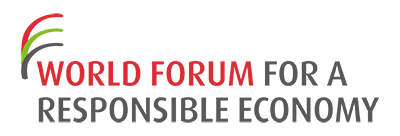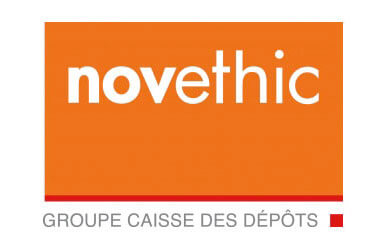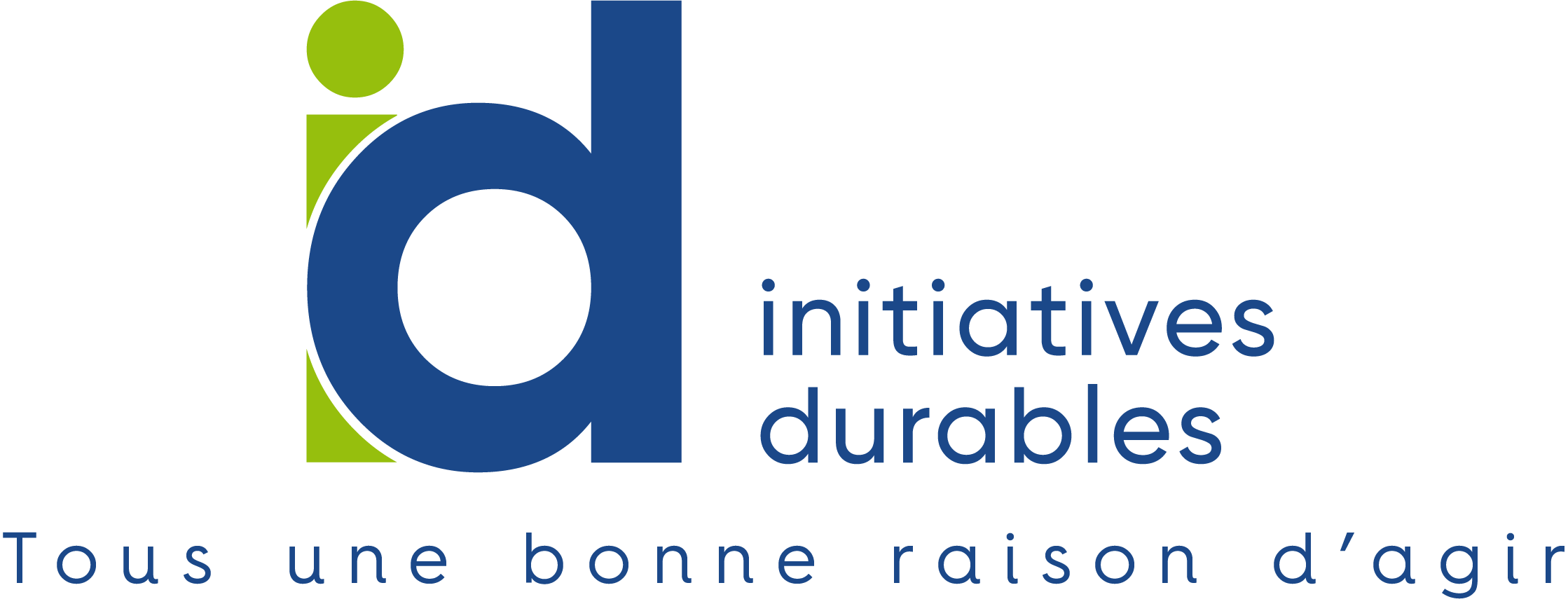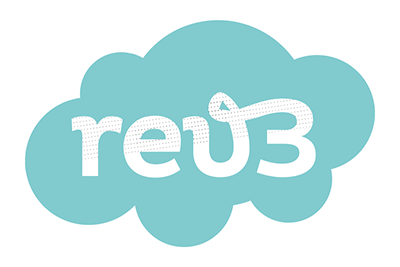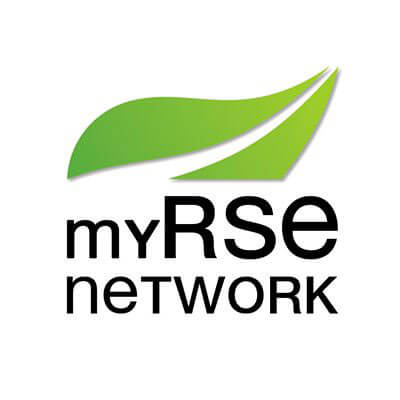COM_NEOBESTPRACTICES_ITEM_INNOVATION_REV3
GDF SUEZ commits to a 100% renewable, modern energy source: biomethane
4. Environment
Energy / Greenhouse Gases (GHG)
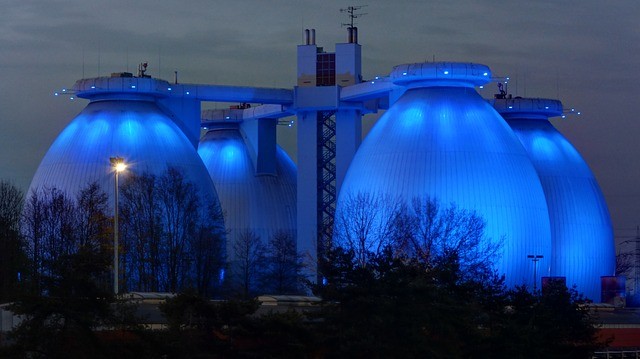

Transmitter
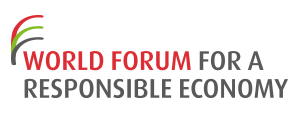

Context
In Mortagne-sur-Sèvre, in France's Vendée department (85), 10 farmers from 4 different farms banded together to create the entity SAS AGRI Biométhane, intended to promote a methanization project that converts biogas into biomethane for subsequent injection into the natural gas distribution network. This venture is primarily being sponsored by the 10 founding farmers plus 2 minority interests: Lyonnaise des Eaux through its subsidiary SCM, and the cooperative group Terrena through its subsidiary C2 Développement.
Objectives
- In response to the energy transition challenge, GDF SUEZ has set the bold objective of 5% biomethane circulating in its networks, which would amount to 20 TWh, by year 2020.
- The final project pertains to 21,000 tons of substratum, responsible for generating 71% of the effluent from 4 cattle farms. The facility will also handle 6,000 m3 of organic waste output from food processing industries, with collection and transport provided by Suez Environnement via its subsidiary Terralys, specialist in the biological treatment of such waste.
APPROACH
Methanization is a natural biological process: microorganisms take several stages to digest organic matter in an oxygen-free atmosphere. This "digestion" generates methane-rich "biogas" along with a "digestate" composed of residual organic matter, valued as a good fertilizer. GDF SUEZ, its subsidiaries (GrDF, GDF SUEZ Energies France) and its strategic partner SUEZ ENVIRONNEMENT (joint venture of Lyonnaise des Eaux and Terralys) are involved in all links of the chain, from production through marketing. An incoming material reception and processing facility has been installed to more effectively handle potential odors and improve integration into the surrounding environment. Biomethane is produced either at a dedicated site or in the waste storage centers; it is then conveyed by means of injection into the natural gas networks and transformed into a fuel accessible to all users or for powering vehicles running on natural gas. The annual production target has been set at 1 million m3 of raw biogas, i.e. 65 m3 per hour of biomethane in the natural gas network. In addition to the resulting biogas, 80% of the remaining product, the methanized digestate, will be spread onto agricultural land, with the other 20% being used in composting processes and then reused in the manufacturing of organic fertilizer. The first injection of 100% renewable "green gas" straight from the farm has been circulating in the Mortagne-sur-Sèvre gas network since April 2014. GDF SUEZ proposes a number of appropriate solutions for each type of project: waste processing, network enhancements, and green gas availability. GDF SUEZ also participates in developing other production processes complementary to the biological process.
Best practice spotted by the World Forum Lille in 2014
CONTRIBUTION TO COMPANY PERFORMANCE
- A first-of-its-kind program anchored in the Group's strategy favoring Sustainable Development and a solidarity commitment.
Benefits
- Production of a renewable source of energy
- Contribution to the circular economy
- Reduction of greenhouse gas emissions
- Boost for the local agricultural sector
- Assistance in meeting commitments made by public authorities and the industrial sector.
- Workforce
- 147 200 collaborateurs
- Turnover
- 81,3 milliards € (2013)
- Country
- France
Contact
This email address is being protected from spambots. You need JavaScript enabled to view it.
